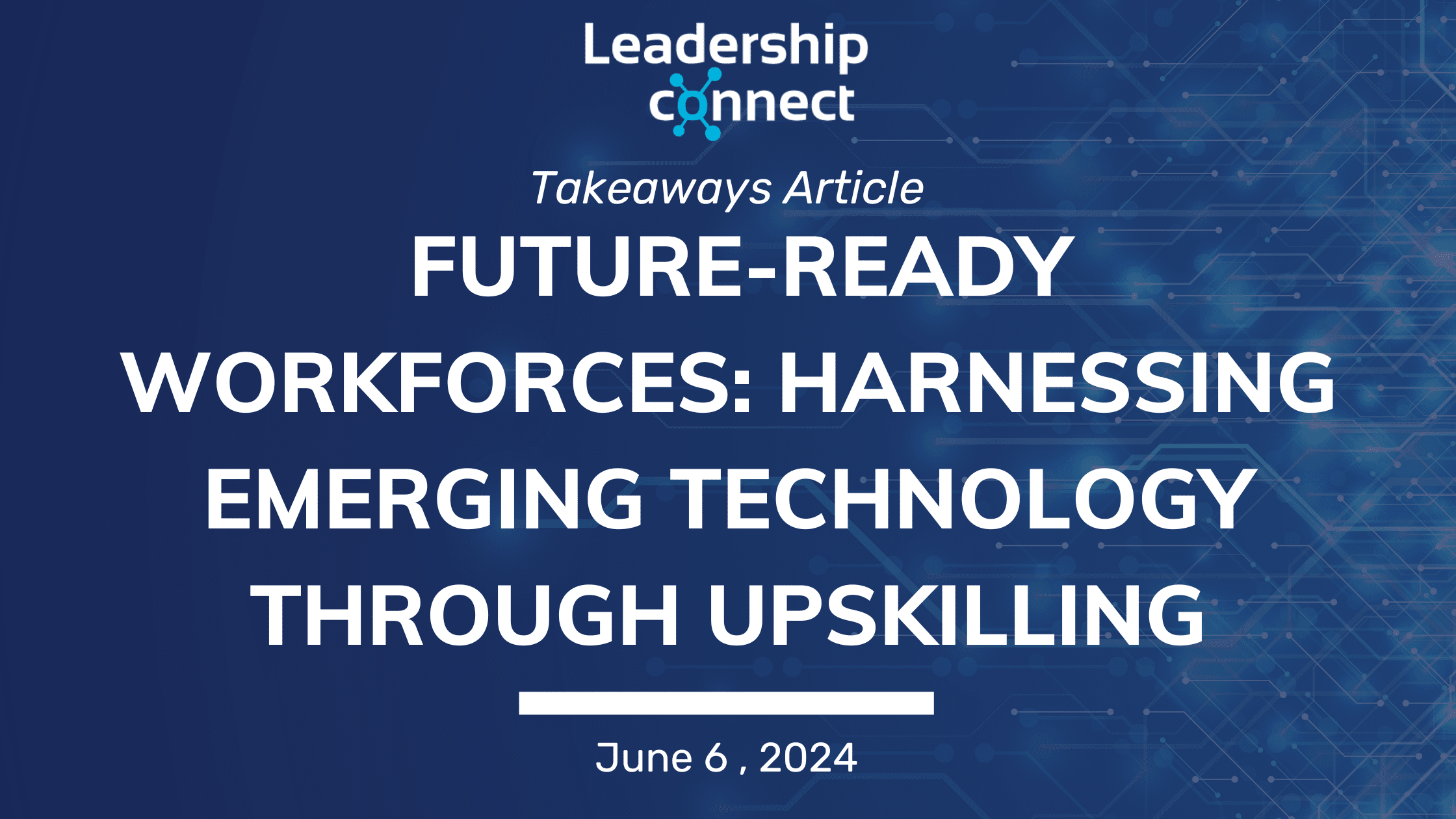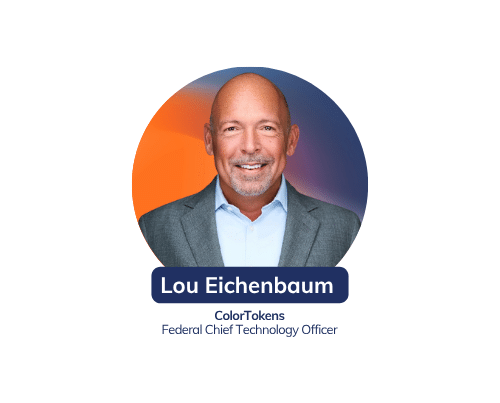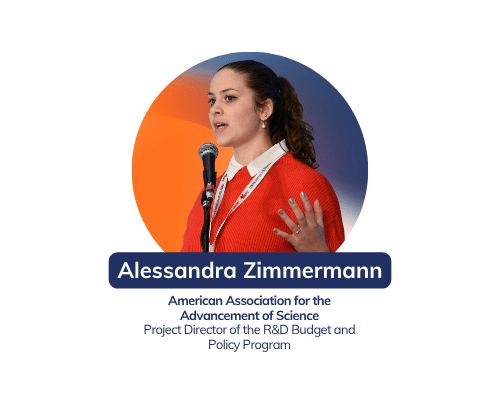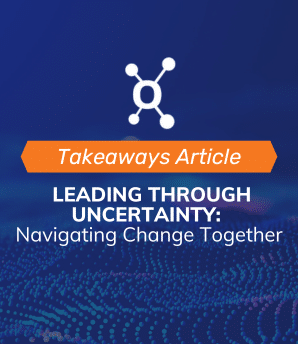Emerging technology and workforce upskilling go hand in hand as the digital future grows closer and closer. To successfully research, promote, develop, use, and implement emerging technologies from inception to production, we need a more educated and evolved workforce at the helm.
Leadership Connect hosted a webinar that delved into these topics and instructed the audience on how to navigate the intersection of emerging technologies and workforce upskilling.
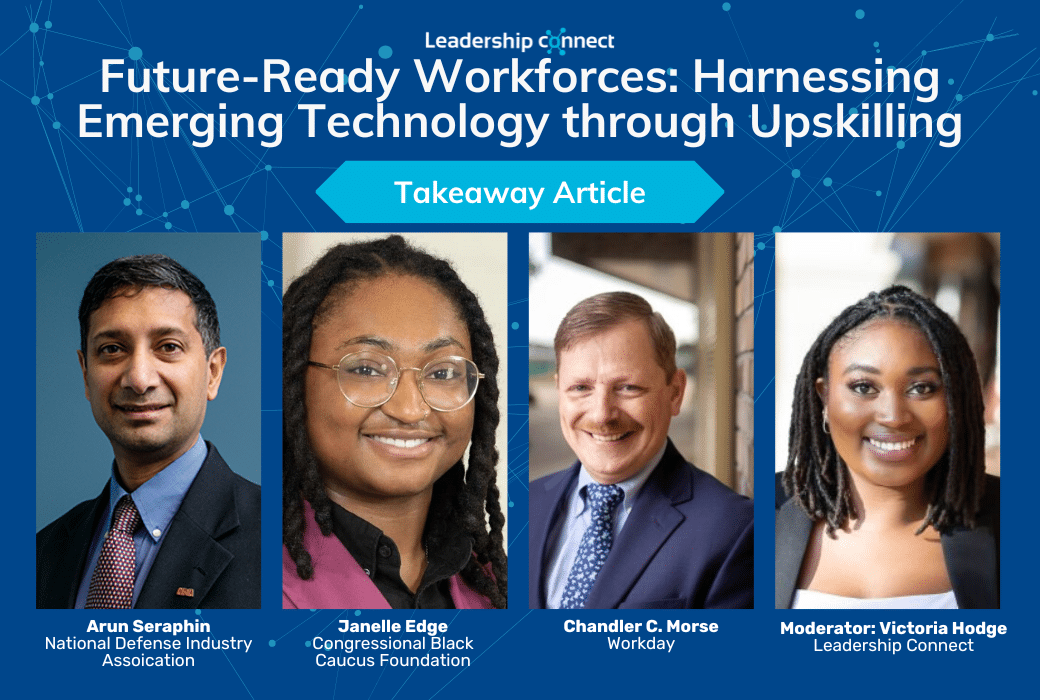
Read below to find out the key takeaways from the conversation! Missed the webinar? Don’t worry! You can watch the whole thing to get even more insights here.
Building connections
Let’s start off with a favorite Leadership Connect takeaway – building connections! The panelists emphasized the importance of connections and community when it comes to implementing emerging technologies.
For example, they instructed our audience to connect with community leaders to get a better understanding of how each emerging technology will impact communities in unique ways. There is inherent job displacement that comes with implementing emerging tech, so conversations with community leaders can help to alleviate job insecurities and overall apprehension of new technologies.
Pro Tip #1: You can take the first step of connecting with communities through Leadership Connect. You can search for connections by area of interest, location, job title, and more.
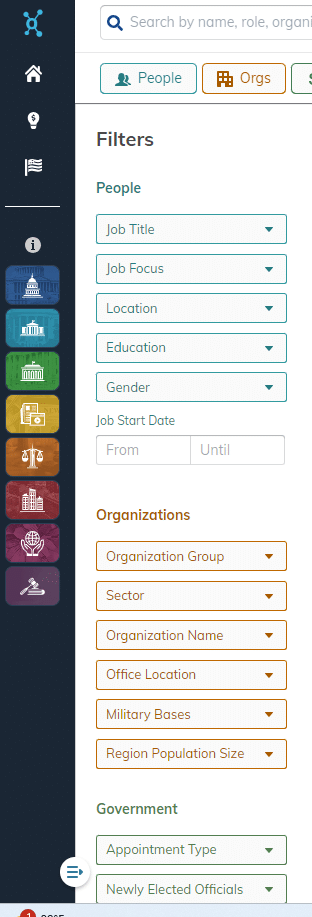
Another key piece of advice that came from the discussion was about how tech experts can join in on the conversation and have an influence on the policy side of emerging technology. The team of panelists explained that Capitol Hill is severely lacking technology experts. They encouraged the audience to connect with those experts and try to get them to lend their knowledge to the government and policy side of technology development and regulations.
Lastly, the panel explained that the private sector professionals are responsible for knowing the emerging technology landscape and what policy measures are coming. In taking on that responsibility, they begin to bridge the gap between the private and public sector.
Pro Tip #2: The best way for private sector professionals to keep their finger on the pulse is through frequent conversations with other industry professionals. Get involved with industry events, both in person or virtually, to get a full sense of how the market is changing and where you can fit in.
Be realistic and be patient
The panelist agreed that across the industry, trust is of utmost importance when it comes to emerging technologies. There is an inherent apprehension that comes with implementing and adopting new technologies that must be overcome. Here are a few tips and tricks to get over those hurdles and start to build trust in the journey to adoption:
- Acknowledge the apprehension and don’t try to force people to blindly adapt.
- Show don’t tell – show how emerging tech can be trusted through internal best practices and increased education.
- Dedicate resources to technology management for continual maintenance.
- Transparency is key.
- Rely on academic scholars.
- People take comfort in data, so you must prioritize lots of research, studies, training to let the numbers speak for themselves.
Build the right team
To build effective and accurate new technologies and the regulations surrounding them, it’s essential to have the correct team contributing. The panel walked us through the four voices necessary to navigating this new landscape:
- Technology experts
- Specific user community
- Traditional policy and ethics team
- Global market finance voices
All these voices must be present to ensure that the emerging technology has relevancy in all the right communities. They also touched on avoiding digital redlining by including minority voices to make sure that all parties are represented.
Scoping, scoping, scoping
When it comes to policy and emerging technologies, our panelists advised that breaking innovation down into smaller bits can be beneficial. Larger policy initiatives tend to get more pushback as they can be overwhelming and can be harder to establish trust among consumers and lawmakers. By breaking the emerging technology down into digestible pieces, you can narrow the focus to smaller bills to face far less opposition.


